If you’re in the EdTech industry, you know how important it is to stay up-to-date with the latest trends and email marketing best practices. Email marketing is a powerful tool that can help you connect with potential customers, nurture leads, and build brand awareness. This article will cover some of the best email marketing practices for EdTech companies.
First and foremost, it’s essential to understand your audience. Who are you targeting with your emails? What are their pain points and challenges? By understanding your audience, you can create targeted campaigns that speak directly to their needs. This is where segmentation comes in. Segmenting your email list lets you send subscribers more personalized and relevant messages. For example, you could segment your list based on job title, industry, or interests.
Another important aspect of email marketing is creating engaging content. Your emails should be visually appealing and easy to read. Use images, videos, and infographics to break up the text and make your emails more engaging. Your subject line is also crucial. It should be attention-grabbing and relevant to the content of your email. Finally, make sure your emails are mobile-friendly. More and more people are checking their email on their phones, so optimizing your emails for mobile devices is essential.
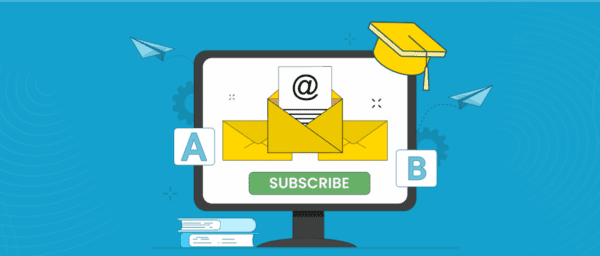
Understanding Email Marketing Best Practices for EdTech
Email marketing is essential for EdTech companies to reach their target audience, engage with potential customers, and drive conversions. In this section, we will discuss the role of email marketing in the education technology sector and how to build a targeted email list for EdTech.
The Role of Email Marketing in Education Technology
Email marketing effectively allows EdTech companies to communicate with their target audience. It will enable them to send personalized messages to potential customers, nurture leads, and build brand awareness. It is also a cost-effective way to reach many people simultaneously, making it ideal for companies with limited marketing budgets.
Email marketing can be used in education to communicate with students, parents, and educators. For example, EdTech companies can use email marketing to inform students about new courses, provide study tips, and promote educational resources. They can also use email marketing to educate parents about enrollment deadlines, upcoming events, and student progress reports.
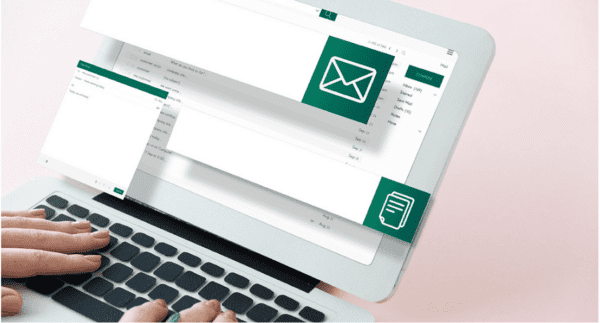
Building a Targeted Email List for EdTech
Building a targeted email list is crucial for the success of your email marketing campaign. You want to ensure you send messages to people interested in your products or services. Here are some tips for building a targeted email list for EdTech:
- Offer something of value: In exchange for email addresses, offer a free resource such as an e-book or whitepaper. This will attract people who are interested in your products or services.
- Use social media: Use social media to promote your email list and encourage people to sign up. You can also use social media to target specific audiences based on their interests and demographics.
- Segment your list: Segment your email list based on interests, location, and behaviour. This will allow you to send more targeted messages relevant to each group.
- Make it easy to unsubscribe: Make sure that it is easy for people to unsubscribe from your email list. This will help you maintain a good reputation and avoid being marked as spam.
Email marketing is a powerful tool for EdTech companies to reach their target audience, build brand awareness, and drive conversions. EdTech companies can effectively communicate with a personalized audience and achieve their marketing goals by making a targeted email list and sending personalized messages.
Crafting Effective Email Campaigns
Crafting effective email campaigns is critical to success in email marketing. This section will discuss best practices for creating email campaigns that engage your audience and drive conversions.

Personalization and Segmentation
Personalization and segmentation are both personalization components of a Personalization marketing campaign. Personalizing your content and segmenting your audience can help you deliver personalized messages that resonate with your subscribers.
To personalize content, you can use subscriber data to tailor your interests, preferences, and behaviours. This can include using their name in the subject line or body of the email, recommending products or services based on their past purchases, or sending them content that aligns with their interests.
Segmentation involves dividing your email list into smaller groups based on specific criteria, such as demographics, behaviour, or interests. This allows you to send targeted emails to each group, increasing the relevance of your messages and improving your chances of engagement.
Creating Engaging Content
Creating engaging content is critical to the success of your email campaigns. Your content should be informative, relevant, and valuable to your subscribers. This can include educational content, product updates, or promotional offers.
To create engaging content, you should focus on providing value to your subscribers and addressing their pain points. Use storytelling, humour, and visuals to make your content more engaging and memorable.

Designing for Conversion: CTAs and Layout
Designing your email for conversion involves creating a layout that is visually appealing and easy to navigate, as well as including clear and compelling calls-to-action (CTAs).
Your email layout should be clean and uncluttered, with a clear information hierarchy. Use headings, subheadings, and bullet points to break up your content and make it easier to read.
Your CTAs should be prominently displayed and communicate the action you want your subscribers to take. Use action-oriented language, such as “Shop Now” or “Learn More,” and ensure your CTA stands out visually.
These best practices for crafting effective email campaigns can improve engagement rates and increase conversions. Remember to personalize content, create engaging content, and design for personalized and successful email campaigns.
Best Practices for Email Marketing Success
Email marketing is a highly effective tool for Edtech businesses to reach their target audience. To ensure the success of your email marketing campaigns, it is essential to follow some best practices. Here are some of the best practices you can follow to achieve success in email marketing:
A/B Testing and Analytics
One of the best practices for email marketing success is to perform A/B testing. A/B testing allows you to test different email versions to see which performs better. By testing other elements, such as subject lines, call-to-actions, and visuals, you can optimize email campaigns for better performance.
Another important aspect of email marketing success is analytics. Analyzing email campaign performance can help you identify and improve. You can track open, click-through, and conversion rates to see how your campaigns perform. This data can help you make informed decisions about future campaigns.
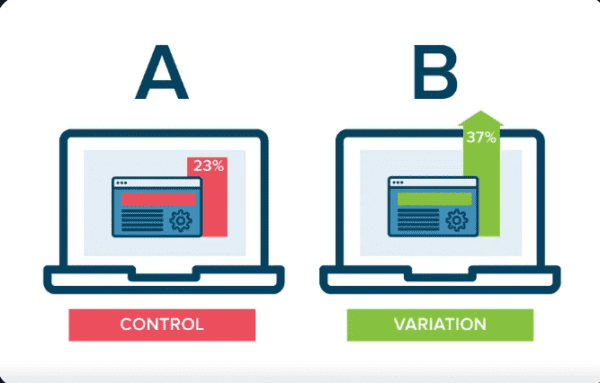
Email Automation and Scheduling
Email automation and scheduling are two crucial best practices for email marketing success. Automation allows you to send targeted and personalized emails to your subscribers based on their preferences, which can improve engagement and conversion rates.
Scheduling your emails is also important. You want to send your emails at a time when your subscribers are most likely to open and engage with them. By scheduling your emails, you can ensure they are delivered at the right time for maximum impact.
Optimizing optimizing devices
With most people using mobile devices, optimizing for mobile devices is essential. This means using response optimization, short subject lines, and clear calls to action. By optimizing for mobile devices, you can improve engagement and increase conversion rates.
Following these best practices for email marketing success can help you achieve your campaign goals. There are many email marketing software options available that can help you implement these best practices and achieve success.
Integrating Email with Other Marketing Channels
Email marketing is a powerful tool for Edtech companies to engage with their audience and nurture leads. However, integrating email with other marketing channels can be even more effective in driving website traffic and increasing conversions. This section will discuss two ways to integrate email with other marketing channels: leveraging social media and SEO and combining email and content marketing.
Leveraging Social Media and SEO
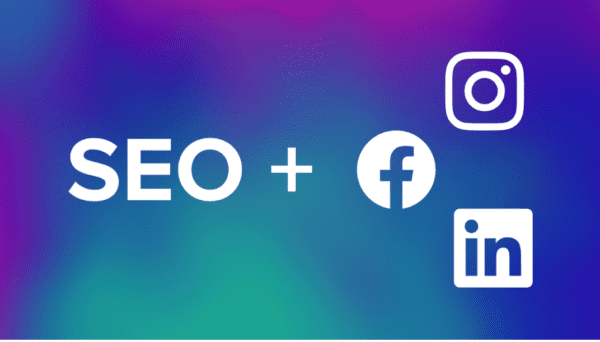
Social media and SEO are two of the most effective marketing channels for driving website traffic. By leveraging social media and SEO with email marketing, you can increase your reach and engagement with your audience.
One way to leverage social media and SEO with email marketing is to include social media links in your emails. This makes it easy for your subscribers to follow you on social media and share your content with their followers. Additionally, including links to your website in your emails can improve your website’s SEO by increasing the number of backlinks to your site.
Another way to leverage social media and SEO with email marketing is to use social media to promote your email campaigns. By sharing your email campaigns on social media, you can reach a wider audience and increase your email list.
Combining Email and Content Marketing
Content marketing is another effective channel for driving website traffic and increasing conversions. By combining email and content marketing, you can increase the effectiveness of both channels.
One way to combine email and content marketing is to use email to promote your content. You can increase your website traffic and engagement by sending your subscribers links to your blog posts, whitepapers, and other content.
Another way to combine email and content marketing is to use content to drive email signups. Offering exclusive content to your email subscribers can increase your email list and improve your email marketing effectiveness.
Integrating email with other marketing channels can be a powerful way to increase your reach and engagement with your audience. Leveraging social media and SEO and combining email and content marketing can drive website traffic and increase conversions.
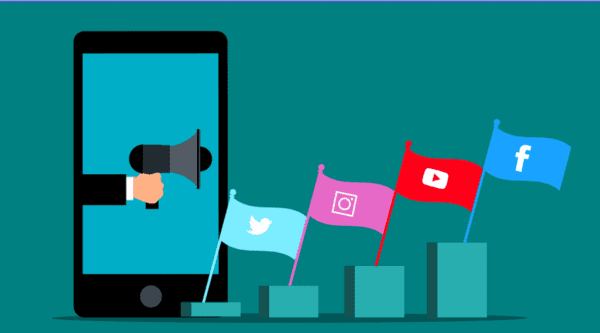
Measuring and Enhancing Email Marketing ROI
Email marketing is a powerful tool for Edtech businesses to engage with their audience, build brand awareness, and drive sales. However, measuring and enhancing your email marketing ROI is essential to ensure your campaigns are efficient and profitable.
Tracking Key Performance Indicators
To measure your email marketing ROI, you must track key performance indicators (KPIs) such as open rates, click-through rates, conversion rates, and revenue generated. You can use email marketing software to track these KPIs and analyze your campaigns.
Open rates are the percentage of recipients who opened your email, while click-through rates are the percentage of recipients who clicked on a link in your email. Conversion rates are the percentage of recipients who took a desired action, such as purchasing or signing up for a free trial. Revenue generated is the total amount of revenue generated from your email campaign.
By tracking these KPIs, you can identify which campaigns are performing well and which need improvement. You can also use A/B testing to test different email designs, subject lines, and calls to action to improve your KPIs and enhance your email marketing ROI.
Improving Deliverability and Avoiding Spam
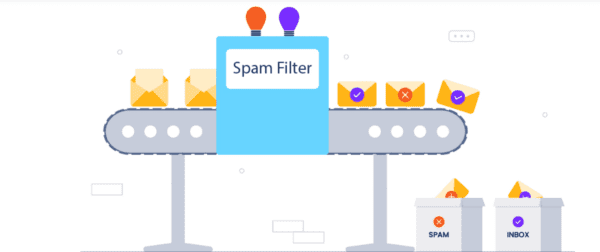
Follow email marketing best practices to ensure your emails reach subscribers’ inboxes and avoid being marked as spam. These include:
- Building a quality email list: Only send emails to subscribers who have opted in to receive them, and regularly clean your email list to remove inactive subscribers.
- Personalizing: Use your subscribers’ names and other techniques to make them more engaging.
- You are segmenting your personalized email list based on subscriber behaviour, interests, and preferences to send targeted and relevant emails.
- Using a clear and concise subject line: Use a subject line that accurately reflects the content of your email and avoids spam trigger words.
- Providing valuable content: Provide your subscribers with useful and relevant content that helps them solve their problems and achieve their goals.
Following these best practices can improve your email deliverability, avoid being marked as spam, and build trust with your subscribers. This can lead to higher engagement, retention, and, ultimately, a higher email marketing ROI.
In conclusion, measuring and enhancing your email marketing ROI is crucial for the success of your Edtech business. By tracking key performance indicators and following email marketing best practices, you can improve your email marketing ROI, build trust with your subscribers, and achieve your business goals.
